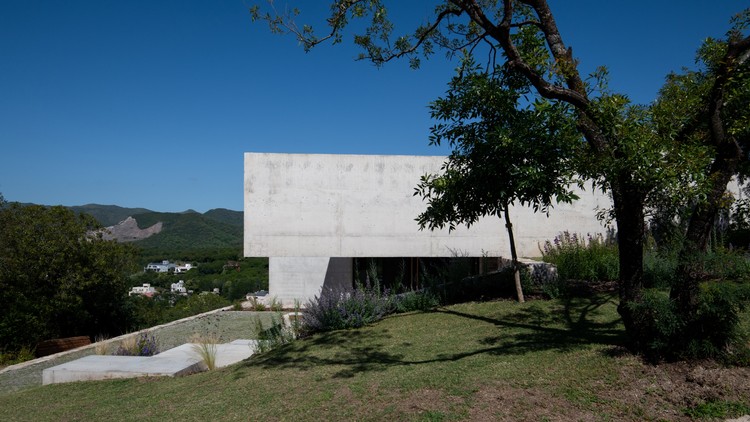Museum of the Presidency of the Republic of Portugal RBD.APP
2015-07-03 11:00
© Fernando Guerra | FG+SG
费尔南多·格拉


架构师提供的文本描述。博物馆是1997年(建筑修复)、2002年(博物馆项目完成)和2014年(新的修复)竞赛的结果。修复贝伦宫的仓库和木匠利用了这一空间的潜力,为其新功能引入了适当的规模。
Text description provided by the architects. The Museum is the outcome of competitions that took place in 1997 (architectural rehabilitation), in 2002 (museum program accomplishment) and in 2014 (a new rehabilitation). The rehabilitation of the warehouse and the carpentry of the Belém Palace took advantage of the potential of the space, introducing an appropriate scale to its new function.
First Floor Plan
一层平面图


博物馆配置了一个白色盒子,上面覆盖着塔索斯大理石在地板和墙壁,这构成一个匿名的同质容器,准备接受作品曝光。他们的组织解放了空间,以便没有松散的展示箱,把它们作为一个整体与墙壁装配在一起。
The Museum configures a white box coated with Tassos marble on the floor and walls, that constitutes an anonymous homogeneous receptacle, ready to receive the pieces to expose. Their organization frees the space, in order not to have loose display cases, referring these as a whole assembly with the walls.
观点的多样性源于不同地区及其流动性的表达;它通过物质、碎片和在葡萄牙国旗颜色内在变化的光线下的表面振动所创造的环境,构造路线和暗示感觉。此外,一旦看了里面的展示柜,人们可以注意到,光纤可以让你看到光,而不是照明投影仪。
The multiplicity of points of view stems from the articulation of the different areas and of their fluidity; it structures routes and suggests sensations through environments that are created by materialities, pieces and by the vibrations of the surface under the changing light of the Portuguese flag’s chromatic immanence. Also, once looking to the pieces inside the display cases, one can notice that the optic fibber allows you to see the light and not the lighting projectors.
© Fernando Guerra | FG+SG
费尔南多·格拉


为了纪念博物馆的存在十年,博物馆的修复工作提出了一种与预期未来扩展相关的说明性结构的新形象。考虑到了项目的可持续性,选择了减少(材料数量)、再利用(材料和系统)、回收(展示箱)和更新(使用从可再生资源中选择材料而不损害环境平衡的原则)。
The rehabilitation of the Museum, to commemorate its ten years of existence, proposes a new image relative to the expository structure related with the predicted future expansion. It was taken into account the sustainability of the project choosing the principles of reduce (quantity of materials), reuse (materials and systems), recycle (display cases) and renew (the use of materials selecting them from renewable resources without damaging the balance of the environment).


使用现有的材料和具有新功能和适应能力的陈列柜,促进了展览的经济可持续性。有必要与公众沟通,并向他们通报其存在、内容和活动。因此,我们创造了三棵半透明的树,院子里有室内照明,建议阳光和雨水的保护路径,欢迎那些从入口处来参观博物馆展览的人。
The use of existent materials and display cases with new functions and adaptations promotes the economic sustainability of the exhibition. There was a need to communicate with the public and inform them of its existence, content and activities. So we have created three translucent trees with interior lighting in the yard to suggest a protected path of the sun and rain, welcoming those who come from the entrance area to the Museum exhibition.
© Fernando Guerra | FG+SG
费尔南多·格拉
































Architects RBD.APP- Arquitectos
Location Praça Afonso de Albuquerque, 1300-004 Lisboa, Portugal
Category Restoration
Architect in Charge Ana Paula Pinheiro and Rui Barreiros Duarte
Area 1200.0 sqm
Project Year 2014
Photographs Fernando Guerra | FG+SG
























